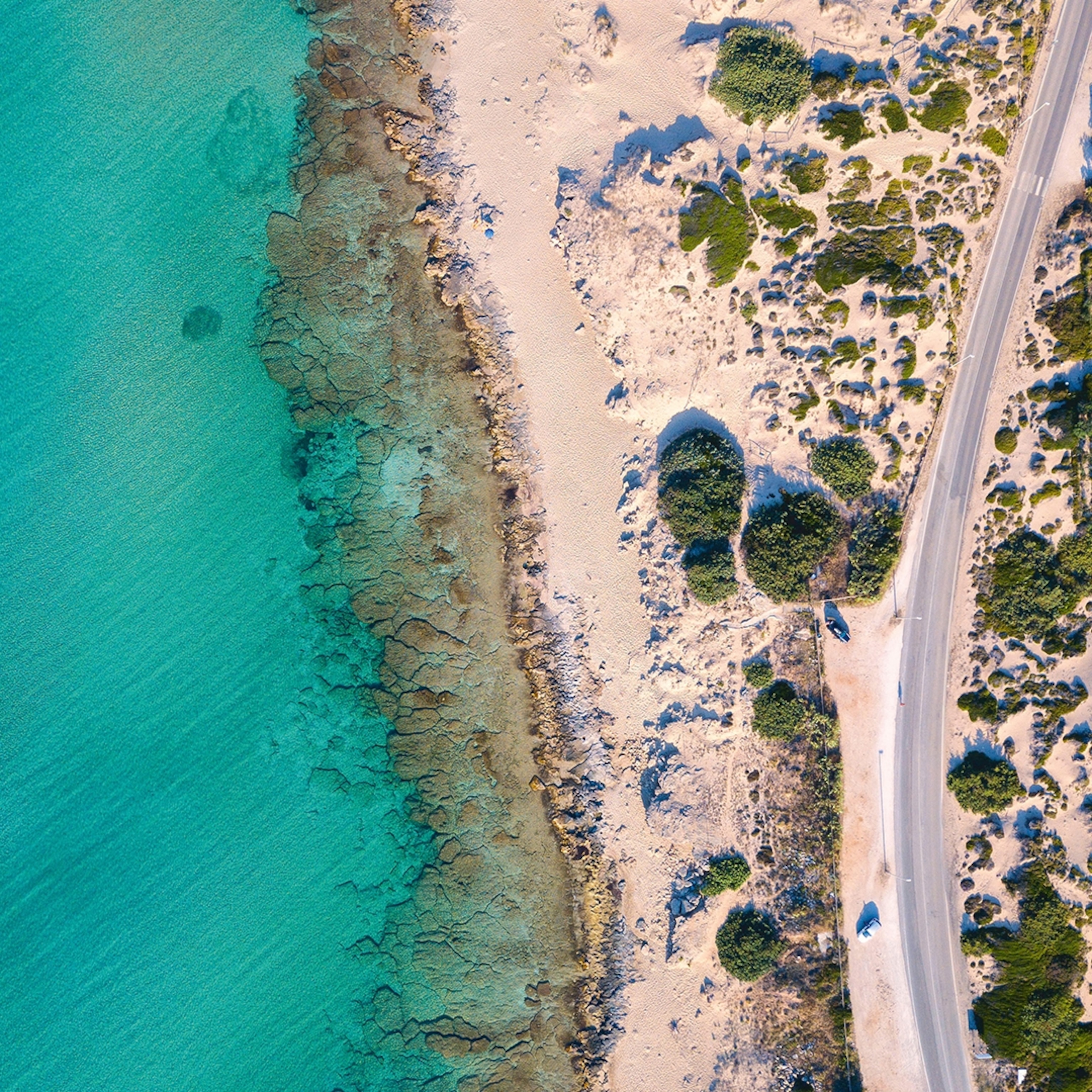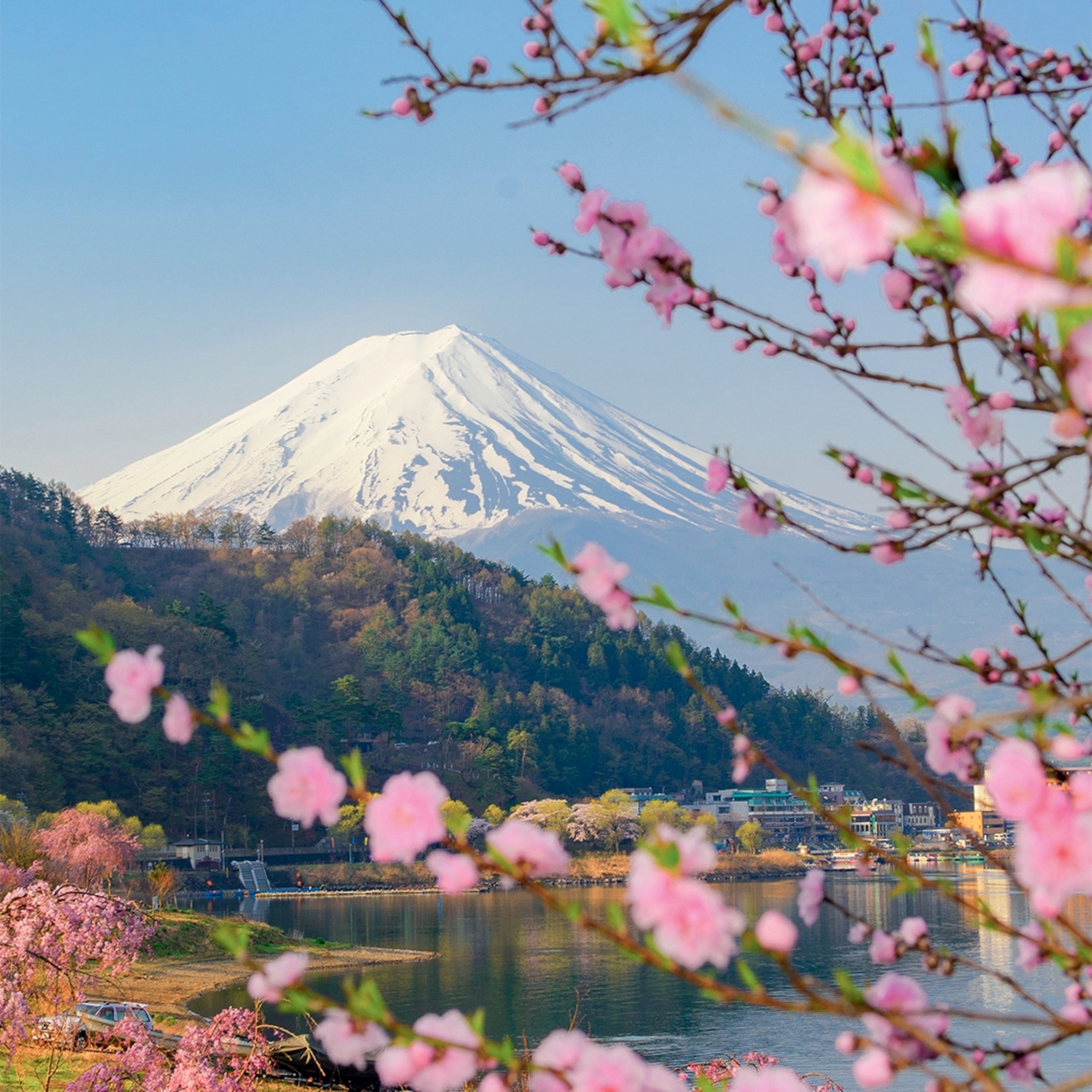
Ultimate Italy: 14 ways to see the country in a new light, from road trips to street art
Famed for its crowd-pleasing cuisine, cypress-cloaked landscapes and elegant palazzos, Italy offers enough for a lifetime of new discoveries. From a coastal road trip through Calabria to dining in the shadow of Mount Etna, here are 14 experiences that cast the country in a different light.
1. Tuscan landscapes
There’s a very important question to be answered when you visit Pienza: is this the most beautiful town in Italy? I’m going to say yes. Staring at the view from the town walls is like looking at a painting. Unspooling below are hills in 50 shades of green, cut through by slashes of grey — unpaved roads chiselled from the clay beneath. Cypress avenues stripe the landscape, terracotta Renaissance towns cling to every peak. And the backdrop to it all? Monte Amiata, a dormant volcano gently wrapping around the landscape, as if she’s gathering the valley in an embrace.
From Pienza, I drive towards Amiata, looping round the east side of the mountain. San Quirico d’Orcia is the first stop. Here, I stand in the shadows of ancient churches and walk through a ghostly Renaissance garden bound by tumble-down walls. Next, it’s a climb towards the wine town of Montalcino then on to another winding road, Amiata’s peak beckoning in the distance. Standing at the foot of a hill, centuries-old olive trees standing guard around it, is the Abbazia di Sant’Antimo, an abandoned medieval abbey.
From there, curling around more hills, through villages untouched by tourism, I reach Castiglione d’Orcia, a town balancing on a high crag over the Val d’Orcia. Pienza is visible in the distance across the valley, that famous landscape unravelling between us.
(A road trip through Val d’Orcia in search of undiscovered Tuscany.)
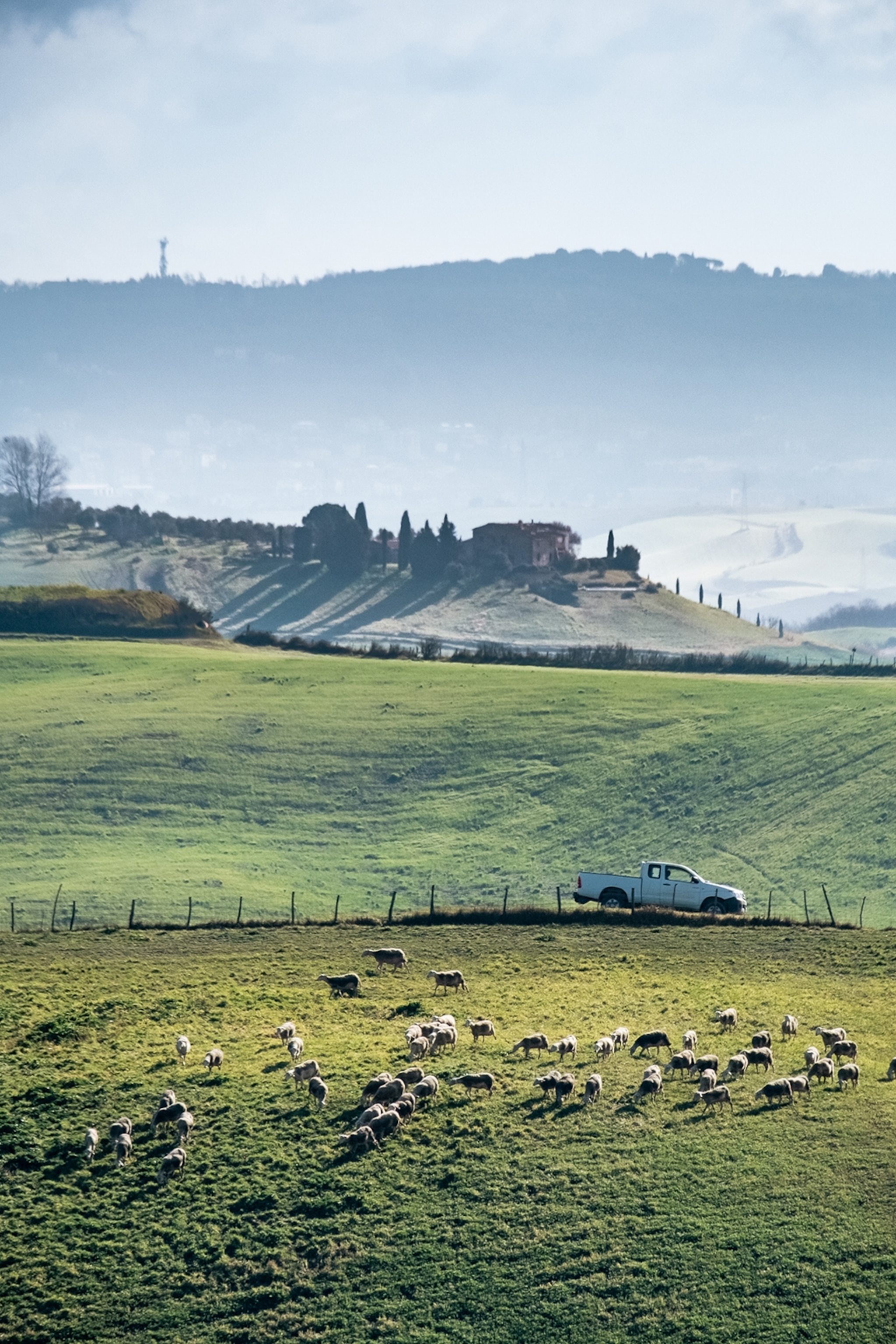
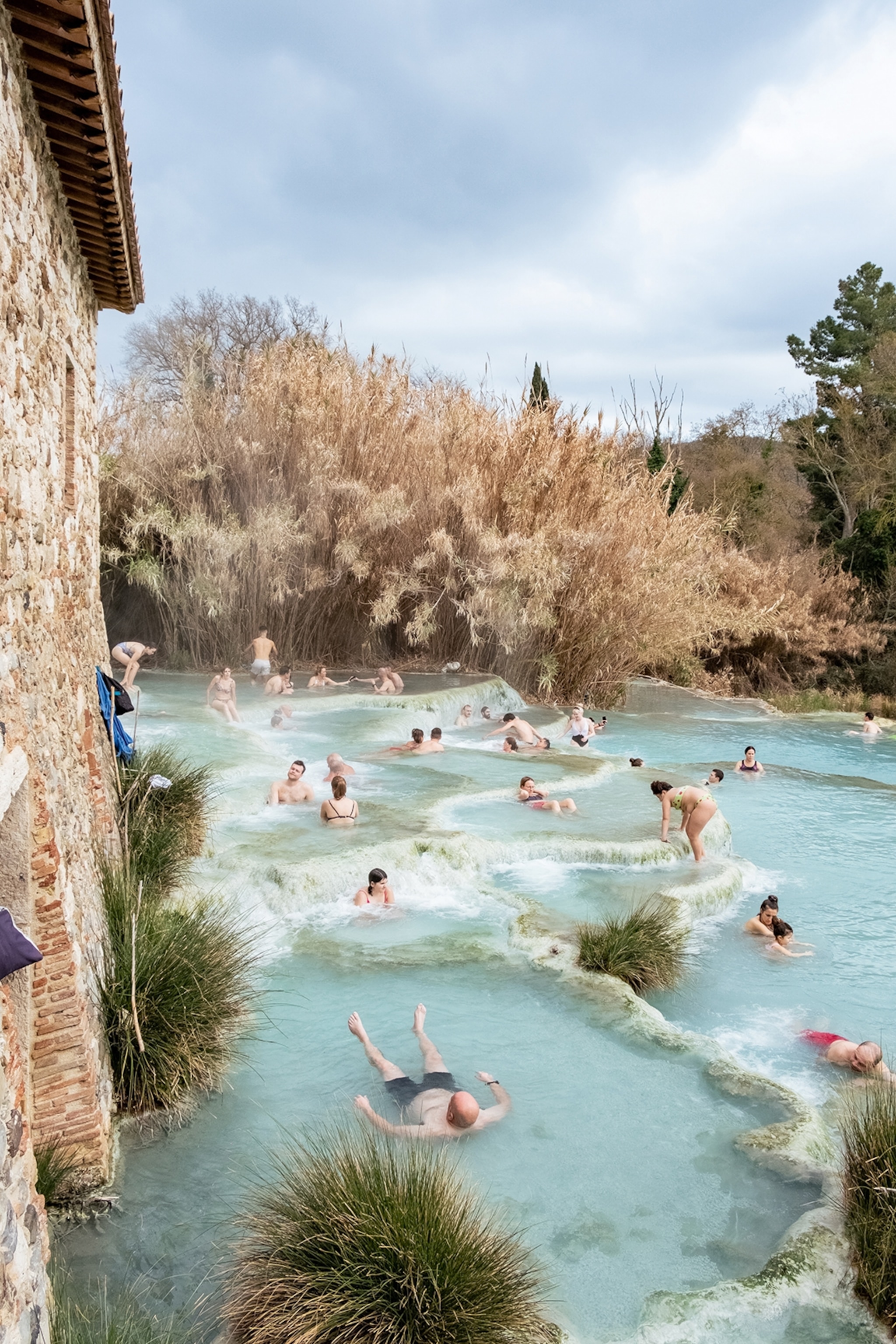
2. Italy's ultimate road trip
For Amalfi-style views without the crowds and chaos, you need to head to Calabria (the toe of Italy’s boot) and the Costa Viola, or ‘Violet Coast’. The name is a nod to its showstopper sunsets, which flush everything from the sky and the sea to the white-stone houses most nights. The drive itself is every bit as much of a jaw-dropper.
Start from Tropea, a pretty cliffside town on the Capo Vaticano peninsula, best known for its purply-red onions that taste as sweet as the views look. The peninsula is the knobbly bit on Italy’s toe. It bulges into the Tyrrhenian Sea and has knockout coves with sandy beaches the whole way around it. Be sure to save time for an impromptu swim as you head south. Look offshore and you’ll see Stromboli, the volcano-island, puffing gently into the sky.
Round the peninsula and you’ll hit the main route south — take the coastal roads, not the highway, to pass through small towns and weave up and down the cliffside. Stop at Scilla, where a clifftop castle squares off against Sicily, the island looming dark across the Strait of Messina.
Sicily looms larger as you close in towards Reggio Calabria, the southernmost city on the Italian peninsula. Park up for a walk along the seafront promenade, one of Italy’s loveliest, where Sicily seems almost within touching distance and the distinctive cone of Mount Etna broods across the water.
3. A tour of grand Genoa
Move over Rome and Milan; in the 16th century, Genoa was one of the richest cities on the planet, thanks to its port. The city was effectively run by a class of oligarchs, who had more money than they knew what to do with. They poured it into building houses, creating a whole new town above the original centre. Today, what’s still called the Strada Nuova (‘new street’) remains: a pedestrianised main drag, chiselled from the steep cliffside above the medieval old town.
This is the world of the super-rich, where the 1% of the 16th-century populace built mansions, each grander than the last, 42 of which are now UNESCO World Heritage sites. Some are still houses, though most keep their hulking doors open, allowing you to walk into the covered, frescoed courtyards where carriages once pulled up. Some are banks; one, Via Garibaldi 12, is a showstopper design shop. And three of them — Palazzos Rosso, Bianco and Tursi — operate as a scattered city museum. Don’t miss the mezzanine of Palazzo Rosso, the gilded love nest of a particularly libidinous 17th-century owner, which reopened to the public in 2022.

4. Parma through its food
In Emilia Romagna, food is history — and few places teach it like Parma. While food tours are increasingly popular, they normally take place outside the city, visiting the producers of cheese, ham and culatello, or ‘little bum’ — cured ham using the rear haunch of the pig, aged in ancient cellars on the banks of the Po.
And while the food on those tours are delicious, you don’t get a feel for the history that created these products in the first place. So I’ve come to Parma itself for a different kind of food tour — one that gives me a taste of the city.
(Exploring Emilia-Romagna's gourmet heritage on a city food tour of Parma.)
5. Mountain culture Q&A
What is a rifugio?
A ‘refuge’ or mountain hut, high up in the Alps or Dolomites. Situated along hiking trails, they’re inns or hostels with overnight accommodation, which varies from simple to designer-luxe. They’re reached either on foot or, sometimes, by ski lift or gondola
How about a malga?
Malga is an alpine meadow, where cattle and other animals graze during the summer, before going to lower ground for the winter. In the past, the herd was overseen by a malgaro (shepherd), with the milk processed into butter and cheese in the casera. Today, many malga are open to visitors, with little farm shops and restaurants selling their products.
Where should I start?
Rifugio Gardenacia, in Alta Badia, is a simple but comfortable rifugio — rest your weary legs on arrival in the sauna overlooking the mountains. For a first malga trip, El Brite de Larieto in Cortina is ideal; it’s in the hills outside Cortina and is accessible by car as well as on foot. The homestead of the Gaspari family, who run the Michelin-starred SanBrite restaurant closer to town, it offers an exceptional farm-to-table experience, with cheese and meats from its own farm, veg from nearby farms, and homemade pasta.
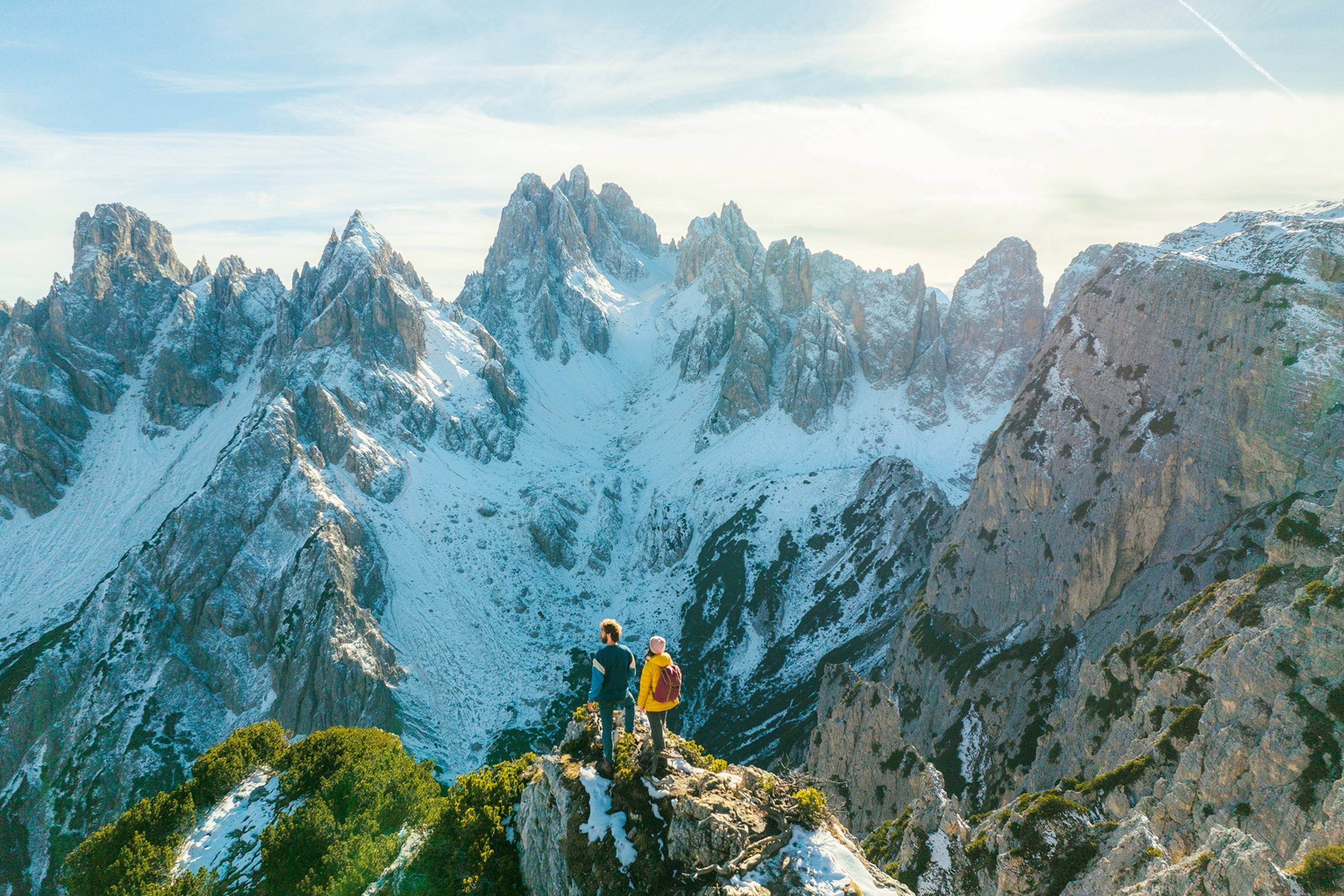
6. Roman Aosta
After Rome, what’s the city with the most Roman ruins still visible? You may be surprised by the answer: Aosta, capital of the Valle d’Aosta autonomous region. Wedged between mountains nearly 600 metres above sea level, the ‘Rome of the Alps’ has a wealth of ancient remains, starting with the Porta Praetoria, the old city entrance.
The Teatro Romano, or theatre, is another knockout: its semicircle block of seating, which would have held up to 4,000 spectators, is dwarfed by the four-storey facade behind it, its arched windows framing mountain peaks beyond. There are glorious crumbling sections of city walls and medieval towers, upcycled from the 20 Roman ones that wreathed the city entrances.
Near the monumental Arch of Augustus is the cobbled Ponte di Pietra, or ‘bridge of stone’. Today it stands humped over grass in a small park, after the Buthier river changed course during the Middle Ages.
And Aosta doesn’t lay out all its treasures at first glance. Below the cathedral is the Criptoportico Forense, a mysterious tunnel held up by immense travertine arches, which once connected the holy temple area to the forum.
7. Alternative Venice
Can you really know Venice if you don’t know her lagoon? That’s the question posed by enterprising fishermen on Burano, the island known for its candy-coloured houses, 40 minutes north of the city centre.
Burano’s fishing history dates back to Roman times, and it was one of the first settlements in the lagoon in the early Middle Ages. For centuries, the Buranelli (as the islanders are called) have been sailing out to net fish and clip herbs from the mudflats, ready to pop into the evening’s risotto.
Several fishermen on the island now take visitors out to explore the lagoon. One is Andrea Rossi, who welcomes you on to his little fishing boat and inducts you into his world.
And what a world — as far from the frothy architecture of Venice as you can get. The north lagoon is a landscape of still waters and long-abandoned islands, where herbs grow beside ruined buildings, and pink flamingos stalk through the shallow waters.
He’ll point out the curved-beaked ibises swooping overhead, the hawks darting towards their prey, and the thousands of wooden stakes lined up along the mudflats — used in centuries-old fishing techniques. This area is where Venice began — and it gives you a new appreciation for the magical city.

8. Undiscovered art country
Overdosed on Renaissance art around Tuscany? It’s time to head east, to the Valtiberina, or Tiber Valley — a border country between Tuscany and Umbria that rolls out below the Apennine mountains. Here, the mighty Tiber river is a mountain stream just setting out: a less showy cradle of art.
Sansepolcro, on the border, is the home of Renaissance star Piero della Francesca, whose precise works are imbued with a Da Vinci-like intrigue. His Resurrection fresco, in situ in the old governors’ meeting hall (now the Museo Civico), was dubbed the world’s greatest artwork by Aldous Huxley. Fifteen minutes south in Monterchi is his Madonna del Parto — a Madonna, whose earthy humanity is perhaps related to the fact Piero’s own mother lived in the village.
Valtiberina doesn’t just have one superstar. Citerna, is home to a brightly painted terracotta Madonna and Child by Donatello — a ‘lost’ work, it was only identified in 2004. Further north, in the mountain foothills, is Caprese Michelangelo, where one Michelangelo Buonarotti was born. His simple birthplace is still the centre of the hamlet — it’s paired with a cast gallery of his most famous works.
9. Spotlight on Brescia
Unusually, Italy has two capitals of culture in 2023: Bergamo and Brescia, sharing the spotlight after their devastating 2020, when the pair were Italy’s early pandemic hotspots.
Bergamo is better known — its beautiful Città Alta, or upper town, cantilevered above the Po Valley, has been a tourist fixture for the past couple of decades. That makes lesser-known Brescia your priority for this year — and this astonishing city may just surprise you. It has incredible Roman remains, one of northern Italy’s best museums, and a boundary-pushing food and drink scene. Plus it’s a mere 36 minutes by train from Milan. A new 50-mile cycle route via Lake Iseo connects it with Bergamo, too, should you wish to combine the two.
The Capital of Culture events programme is heavily focused towards Italians, but you might want to skip the official events and just see the city. Start at the beginning. Brescia was founded by the Celts, who settled at the foot of the Cidneo Hill. They later allied themselves with the Romans — before becoming Roman themselves. And it’s the Roman city, built by the Emperor Vespasian, that should be first on your list. Today a huge, inclined square sits over the old Forum, topped by the Capitolium — a vast, three-chapel temple, framed by gargantuan columns.
(Ancient monuments and new art: inside Brescia, Italy's latest capital of culture.)


10. Honouring mamma Etna
All around the volcano, Mamma Etna’s charges are using her fertile land to produce things to make a mother proud. Santo Musumeci’s gelato has won countless awards. Foodies flock to nearby Linguaglossa, where the Pennisi family of butchers has a Michelin-starred restaurant, Shalai, in their hotel of the same name. At Dai Pennisi, a tiny trattoria inside their butcher’s shop, I tackle a salsiccia al ceppo — a giant sausage, prepared on a slice of Etnean oak and spiced with wild fennel plucked from the volcano side. It’s a product of the Slow Food organisation’s ‘Ark of Taste’ — a list of at-risk regional heritage foods. Coiled like a snail and grilled, it’s a match for any fancy meal served in Shalai.
Tourists to Sicily used to stick to the coast, but these days, magnetic Etna pulls them towards her. At Cottanera vineyard, on the volcano’s northern flank, I get another taste of what they come for. In a jeep that hurtles up and down rocky hills, agronomist Davide Cavallaro shows me the effort that goes into producing a bottle of Etna Rosso, a fierce red dubbed Italy’s ‘sexiest wine’ by Vinitaly, a prestigious wine fair. Dust blowing back in our faces, we screech to a halt by dry-stone wall terraces, where men are clearing weeds between the vines with hand-held motorised hoes.
That’s as mechanised as agriculture gets on Etna, whose prickly slopes are studded with intractable lava flows and boulders flung out from her core. There are no easy farming hacks here. A typical Italian vine yields six to seven kilos of grapes per year; on Etna, they’re lucky if they manage two. So why do they still do it? “It’s intrinsic to our culture,” says Davide with a shrug. “She’s mamma. She’s inseparable from us, and she’s alive.”
(A culinary journey through Sicily's food and wine, in the shadow of Mount Etna.)
11. The bears of Abruzzo
Italy’s oldest national park is home to one of the world’s most endangered species: the Marsican brown bear, also known as the Apennine brown. Thanks to a sustained conservation effort, around 50 of them live in the Parco Nazionale d’Abruzzo, Lazio e Molise — Abruzzo’s 194sq mile national park that spills over into the two neighbouring regions.
Happily, tourism helps protect the park and the bears. Take a six-hour ‘Bearwatching in Abruzzo’ tour (£31) with Wildlife Adventures, run by local guides from the park’s Pescasseroli headquarters, and they’ll donate 5% to a bear conservation charity. At twilight, between April and September, you’ll hike for two hours into the mountains and to the observation area — where, hopefully, you might spot the reclusive locals. Even if you don’t, you’ll hear all about local conservation efforts. The five-day ‘Big Five’ itinerary (£496) looks for bears, wolves, boars, deer and the Apennine chamois.

12. Cave towns
Even if you’ve never been, you’ve likely seen Matera, the ‘cave city’ in Basilicata, where the houses are sculpted from the cliffside. Set on the edge of a canyon and with its sassi (cave houses) barely touched since they were abandoned in the 1950s, it’s one of Italy’s most evocative places.
Matera isn’t the only one though. Some 16 miles northwest, across the border in Puglia, Gravina’s ancient cave homes are dug into the rock face. Its two sides are connected by the Ponte Acquedotto, a bridge strung across the abyss. You’ll know it by sight, if not by name — Daniel Craig flung himself off it in the opening sequence of No Time To Die.
Mottola, about 30 miles southeast of Matera, is known for its cave churches. Just outside the hilltop town are canyons, where medieval worshippers carved columns and altars out of the cliffside, then frescoed them like any other church. Nearby Massafra is known as ‘Italy’s hermitage’ thanks to the cave dwellings sculpted from its canyon sides, with the modern city sitting on top.
13. Walking the Appian Way
You don’t have to walk the whole stretch to get a feel for Rome's Appian Way — those basalt stones are tough on the feet, after all. I manage 2.5 miles in a day, making slow progress as there’s so much to see. I start at the Catacombs of St Sebastian. Rome’s famous for its subterranean tombs, sculpted from the soft rock, and here, below the church of the same name, There’s a labyrinth of low tunnels to navigate, with coffin-shaped slots and mausoleums housing earlier cremations, their facades carved to look like houses. Upstairs, near the relics of the Christian martyr Saint Sebastian, is the last work of 17th-century sculptor Gian Lorenzo Bernini — a wild-haired bust of Jesus in milk-white marble.
That’s the lure of the Appia Antica — it’s a space where time seems to melt. You’re wandering through Ancient Rome, but here’s Bernini, a burst of baroque. Southwards, past the villa of fourth-century Emperor Maxentius, is the medieval Castrum Caetani, a fortified hamlet. It’s wrapped around the mausoleum of Cecilia Metella — a Roman noblewoman from the first century BC, whose tomb stands 35ft high, clad in gleaming travertine limestone.
(Walking the Appian Way: a stroll through time on Rome's ancient road.)
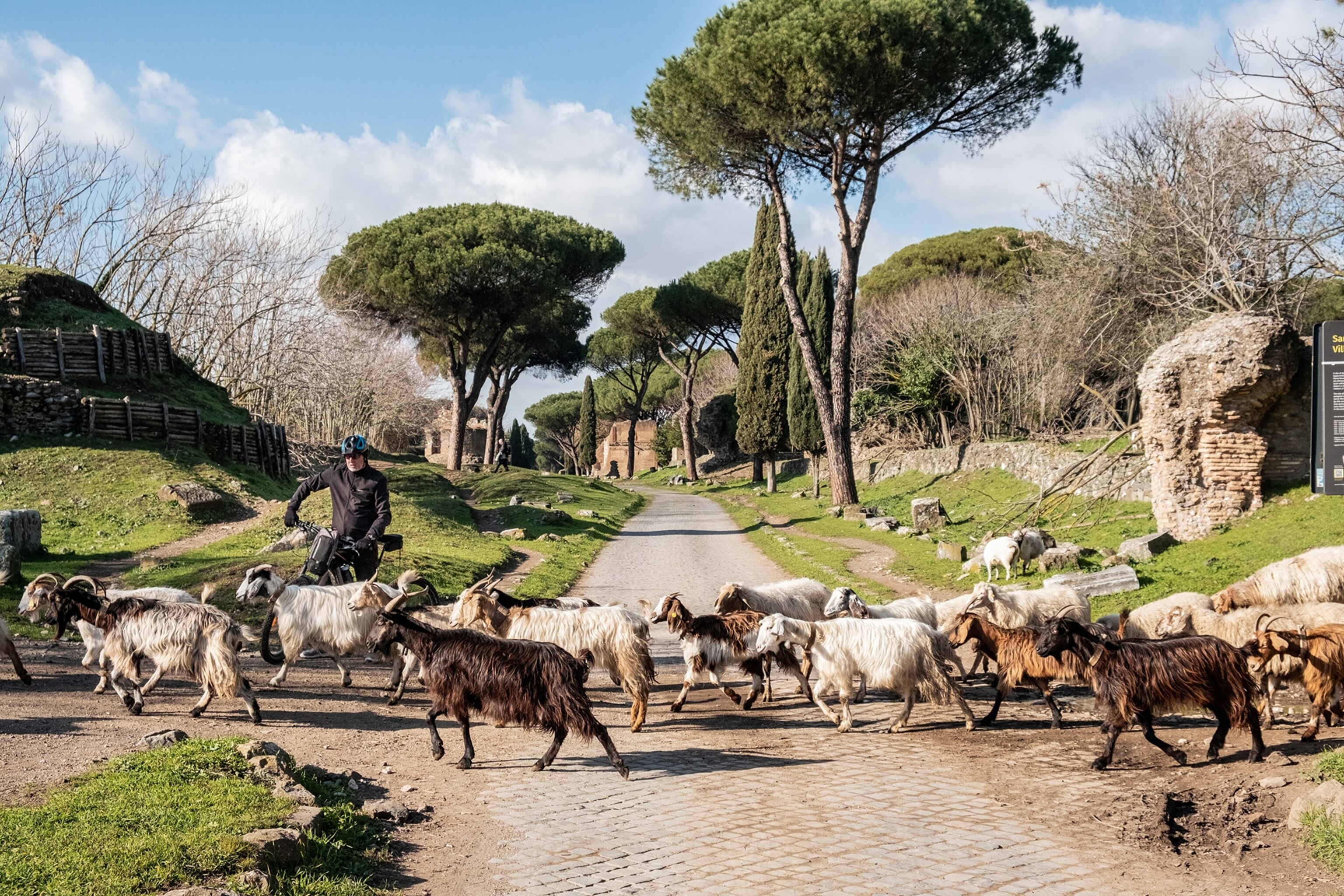
14. Urbino: the ideal city
Inside the National Gallery of the Marche is a painting called La Città Ideale (‘the ideal city’). The work of an anonymous 15th-century artist, it could be the blueprint for the archetypal Renaissance city. Appropriately, the gallery in which it sits is part of another città ideale: Urbino, one of very few well-preserved Renaissance cities remaining in Italy.
Governed in the 15th century by Federico da Montefeltro, a mercenary turned cultured ruler, Urbino was a powerhouse for art, literature and architecture. And where other Renaissance cities like Florence are today drowning in tourists, Urbino is blissfully unbothered. The modern part is hidden behind a hillside, the made-for-horses alleys of the centre are still car-free and, at first glance, the city has barely changed since the time of Federico.
Start with his Ducal Palace: part fortress, part fairytale castle. Today, it houses the National Gallery of the Marche, which displays works by the likes of Raphael and Piero della Francesca. Climb one of the twin conical towers — built to keep watch over the surrounding landscape, but also simply to look good.
Federico lured artists, writers and architects to his court, one of whom was Giovanni Santi, Raphael’s father. A short walk from the Palazzo Ducale is Casa Raffaello, where one of the greatest artists of all time was born. In the courtyard here, you can see Santi’s pigment-blending stone, while in one of the bedrooms is a fresco of a Madonna and Child, said to be the work of the teenage Raphael.
Then it’s time for lunch. Buy a crescia, a lardy flatbread stuffed like a sandwich — and eat it in Parco della Resistenza, high on the hill, with knockout views of the Renaissance streets unfurling below. Returning to town, it’s time to go further back in time. Laid out across two hills, Urbino is home to steep streets called piole — severely lacking in steps, to help those Renaissance horses. Next to the Scalinata San Giovanni — a piole with, for once, stairs — is the Oratory of St John the Baptist. One of the rare places remaining from before Federico’s time, its gothic frescoes of curiously joyful Biblical scenes were painted in the early 1400s by Lorenzo and Jacopo Salimbeni, two brothers from the city.
All that art will bring on an appetite, so finish, as the great Renaissance painters did, with dinner at Antica Osteria da la Stella, an inn since the 1400s. Try the passatelli — pasta made from breadcrumbs, eggs and Parmesan that’s smeared in butter and topped with shaved black truffle.
Sign up to our newsletter and follow us on social media:
Facebook | Instagram | Twitter
